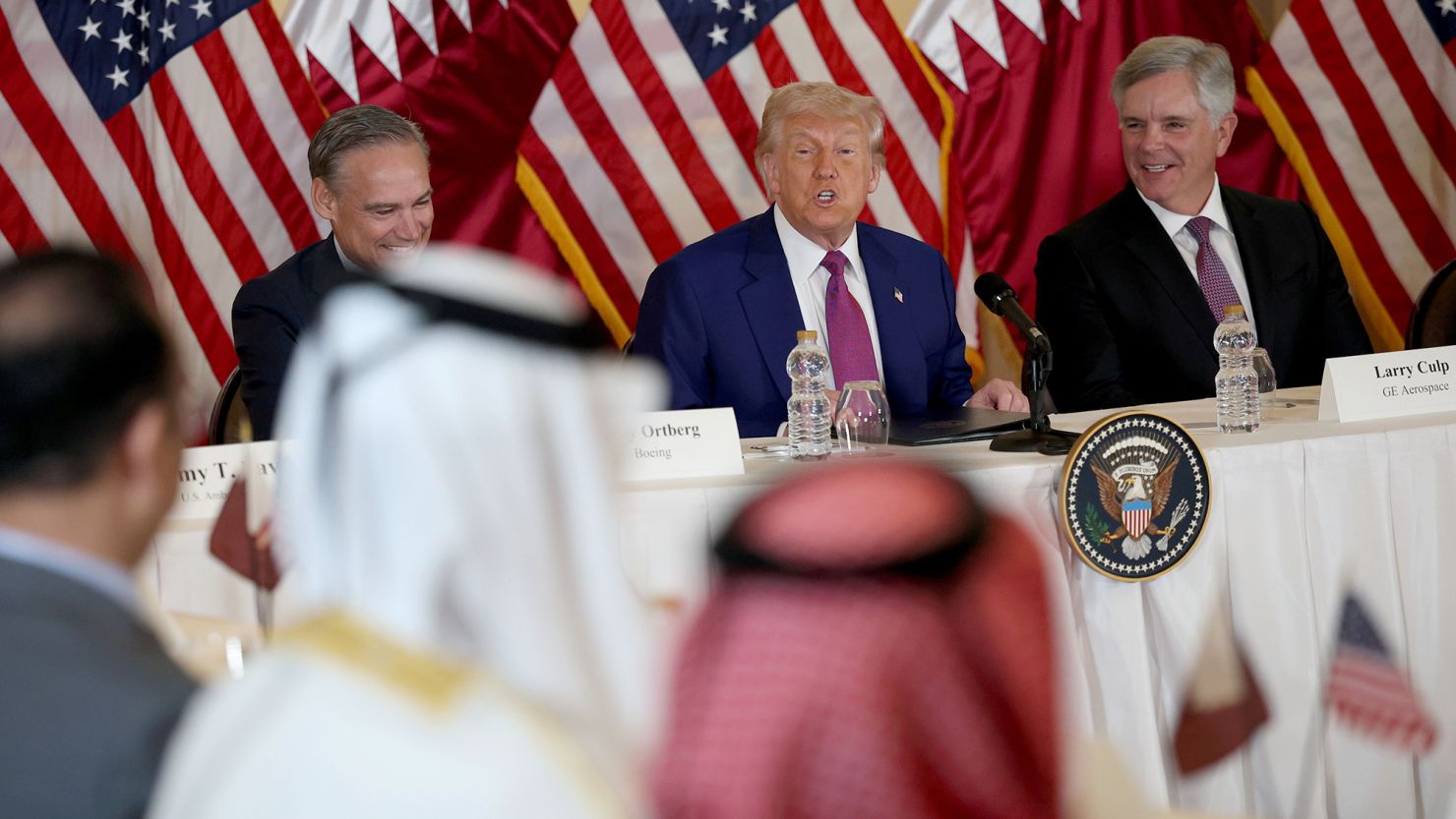Articles in this Cluster
15-05-2025
President Trump said he told Apple CEO Tim Cook he doesn’t want Apple building products in India and urged the company to expand U.S. manufacturing instead. He referenced Apple’s $500 billion U.S. investment commitment and claimed Apple would increase domestic production, without details. Apple has been shifting more iPhone assembly to India to reduce reliance on China, targeting about 25% of global iPhone output there. Trump also criticized India’s tariffs and noted his administration’s reciprocal tariff policy on Indian goods. Experts say moving iPhone production to the U.S. would make devices substantially more expensive. Apple currently manufactures few products in the U.S., including the Mac Pro and upcoming AI servers in Texas.
Entities: Donald Trump, Tim Cook, Apple, India, United States • Tone: analytical • Sentiment: neutral • Intent: inform
15-05-2025
President Trump claimed India offered to eliminate tariffs on US goods as part of a potential trade deal, calling India one of the world’s highest-tariff markets. India’s foreign minister S. Jaishankar countered that talks are ongoing, complex, and not finalized, stressing any agreement must work for both sides. The US has criticized India’s high tariffs and non-tariff barriers; a zero-tariff deal would benefit US exporters. The dispute unfolds as Trump imposes broad import tariffs, pursues “reciprocal” levies (India faces 26%), and advances separate tariff rollbacks with China and a framework with the UK. The US is India’s largest trade partner, but the US runs a growing goods trade deficit with India.
Entities: Donald Trump, India, S. Jaishankar, United States, tariffs • Tone: analytical • Sentiment: neutral • Intent: inform
15-05-2025
The review of Patrick McGee’s “Apple in China” argues that Apple’s deep manufacturing reliance on China—driven by Tim Cook’s strategy—both powered Apple’s meteoric rise and significantly accelerated China’s technological ascent. McGee contends that Apple’s massive investments, training of tens of millions of workers, and transfer of manufacturing know-how constituted a geopolitical shift, enabling Chinese suppliers and brands (Huawei, Xiaomi, Vivo, Oppo) to catch and sometimes surpass American innovation. The book traces Apple’s evolution from Jobs-era design ethos to contract manufacturing in China, spotlighting “China speed,” labor abuses, and Apple’s compromises with Beijing (app removals, data localization) under Xi Jinping’s tightening control. While the review notes occasional overbreadth and limited Chinese voices, it endorses McGee’s core thesis: Apple didn’t just benefit from China—Apple helped make modern China’s tech power, creating a mutual dependency with troubling implications amid authoritarian rule.
Entities: Apple, China, Tim Cook, Patrick McGee, The New York Times • Tone: analytical • Sentiment: neutral • Intent: analyze
15-05-2025
Donald Trump criticized Apple and CEO Tim Cook over reports the company will shift assembly of US-bound iPhones from China to India, saying he wants Apple to build in the US instead. Trump claimed Apple would increase US production but offered no details. Analysts note moving iPhone assembly to the US would be costly, potentially tripling prices. Apple’s India output has grown amid US–China trade tensions, with suppliers Foxconn and Tata recently shipping a record volume to the US to avoid tariffs. Trump also said India offered a trade deal with zero tariffs on US goods. Apple declined comment.
Entities: Donald Trump, Tim Cook, Apple, iPhone assembly, India • Tone: analytical • Sentiment: neutral • Intent: inform
